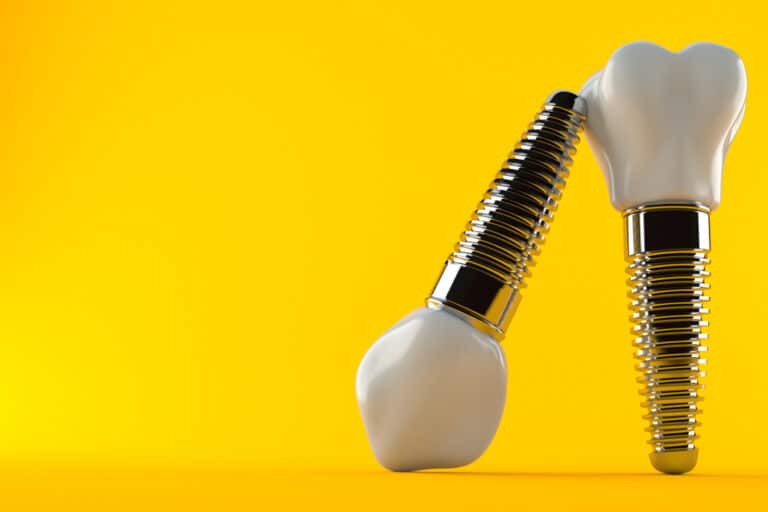Cavities are a common dental health problem that dentists address every day. If the tooth decay goes untreated and is allowed to progress, it can cause major damage to overall tooth structure and result in serious dental health problems down the road. That’s why it’s so important that patients visit their general/cosmetic dentist regularly for checkups. Right now, our team would like to look at how cavities/tooth decay can be effectively treated.
Causes of Tooth Decay
Tooth decay is caused by the bacteria that naturally occur inside a person’s mouth. This bacteria feeds on food particles between teeth, producing a harmful substance known as plaque. Dental plague will eat away at the structure of a tooth, resulting in a cavity. More advanced tooth decay occurs when the plaque is allowed to eat away at more tooth structure.
Below are some of the most common treatments for cavities, starting with the least invasive restorative option.
Dental Fillings
Dental fillings are a common treatment for minor and regular cavities. These dental restorations will restore small amounts of compromised tooth structure where needed.
While dental professionals of the past used to use metal dental fillings to treat cavities, today’s dentists tend to use composite/tooth-colored dental fillings, which are better for dental health and more aesthetically pleasing as well.
Inlays and Onlays
When tooth decay has progressed too far for dental fillings to address, the next dental restoration option is inlays and onlays. It helps to think of inlays and onlays as similar to dental fillings, though larger and more stable. Inlays and onalys can replace large sections of damaged tooth structure, including the cusps (biting surfaces) of the teeth.
Dental Crowns
When the tooth decay has progressed so far that not even inlays or onlays are an ideal treatment option, the next option for care is the use of dental crowns. Dental crowns are caps that fit right over the damaged/decayed tooth. When in place, the dental crown improves the appearance of the tooth, restores the strength and functionality of the tooth, and reduces any discomfort that the tooth caused the patient.
Tooth Extraction
Dental crowns are the last option for saving a tooth. When the tooth is too structurally compromised to be saved, the team at our cosmetic and restorative dentistry center will likely recommend a tooth extraction. This will prevent the infection of the jawbone and surrounding structures and alleviate any discomfort caused by the severe tooth decay.
The Best Option for Your Needs
The best option is always prevention, which is why it’s important for patients to brush and floss regularly while also visiting their dentist twice a year for normal checkups.
If you do develop a cavity, your dentist will work as conservatively as possible. It’s always best for a patient to retain as much of their natural tooth structure as possible since that’s better for a person’s dental health in the long run.
Schedule a Consultation for Dental Care Treatment
For more information about dental restoration and your best possible options for advanced dental care, be sure to contact our Astoria cosmetic and restorative dentistry center today. Our team is eager to meet you in person and help you achieve excellent dental health and total wellness.




